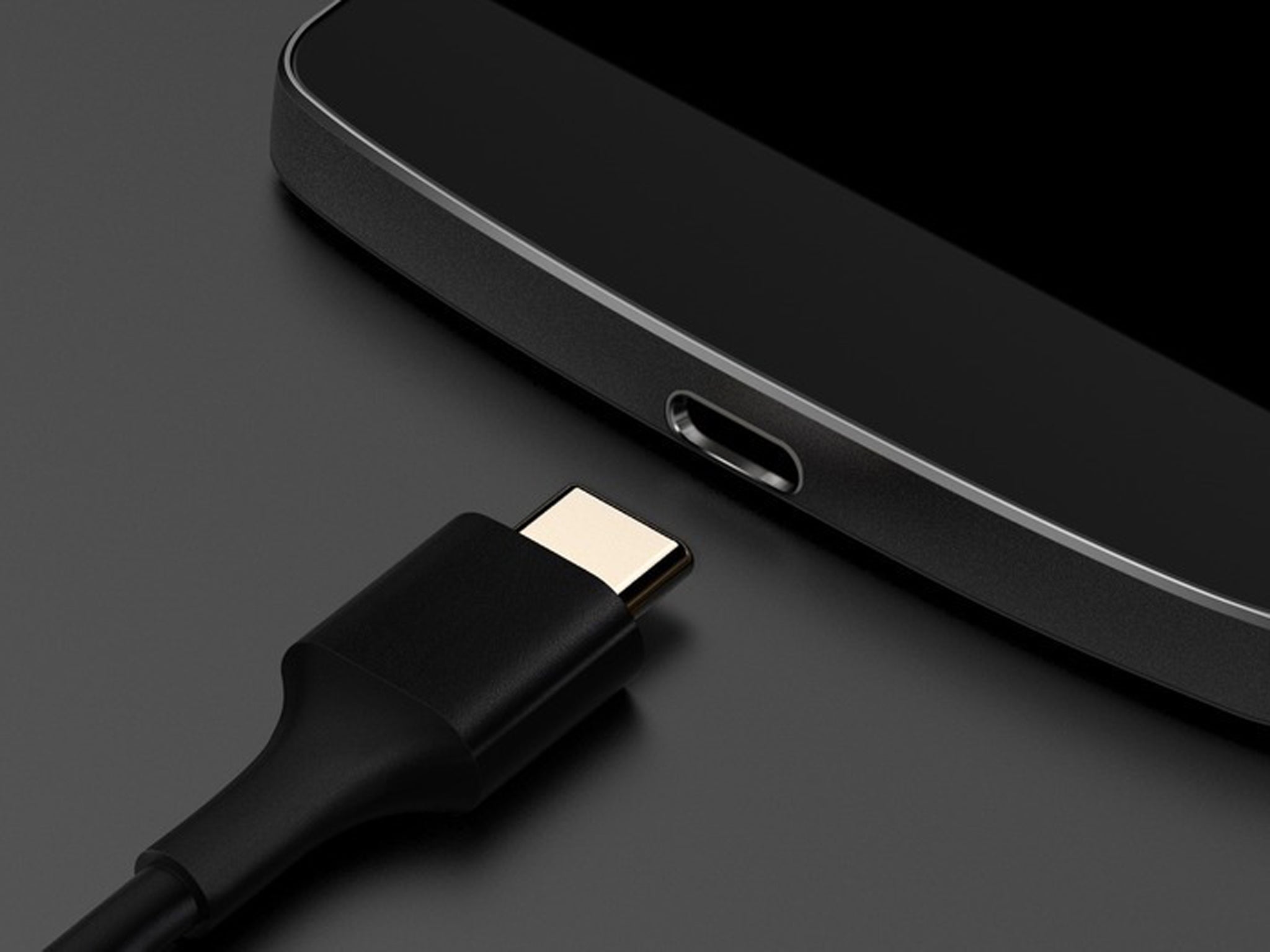USB Type-C coming to Android: in the future, phones will also be phone chargers and everything will connect to everything else
Because the cable works both ways, as well as being able to be plugged into pretty much anything, it could make phones and computers much more useful

The next version of Android will support USB Type-C — making phones able to charge other phones, as well as a range of other things.
The new cable, which was first brought to the public in the newest version of the MacBook, is reversible, can send information super-fast, will be a widely-adopted standard and should help computers and phones become much smaller. And it can also send power both ways, meaning that phones could charge up anything else, like a computer.
The Android implantation was revealed by Google at its I/O conference, where it demonstrated the new version of Android. When the new cable is plugged into a phone, a message will pop — asking users whether they want to charge their phone, send power out or transfer data.
As such, phones will be able to send power to other ones. That could allow people to give charge to their friends, for instance, or allow people to sacrifice charge on their tablet to get more power on their phone.
As with when the standard was implemented in the new MacBook, in March, there are likely to be complaints. People worried at the launch of the new MacBook that it would make borrowing a charger much harder, and that the port would mean that many existing accessories would be rendered unuseable.
But the trade-off is likely to be that as the port is widely adopted, most or all gadgets will be able to charge and connect using the same standard. That will mean that people will be able to have one wire to charge their laptop, phone and tablet, for instance — regardless of who they’re made by.
Join our commenting forum
Join thought-provoking conversations, follow other Independent readers and see their replies
Comments